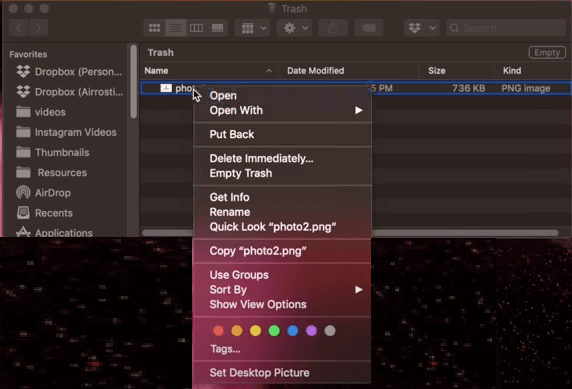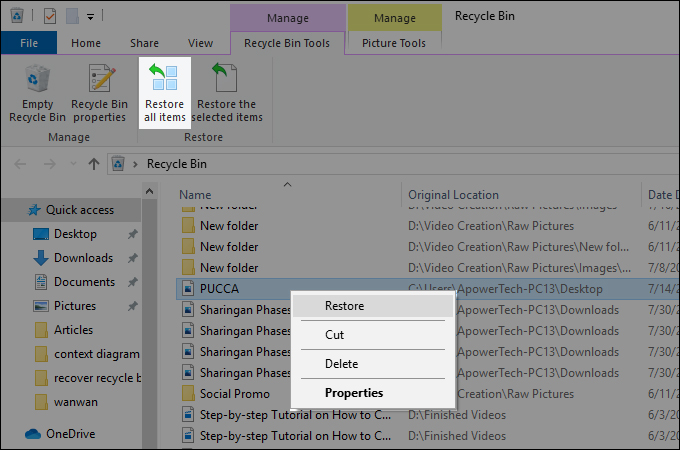
Specifies additional modules to be considered as required by a given module. add-reads module/package=other-module(,other-module) Specifies a package that's to be considered as exported from its defining module to additional modules, or to all unnamed modules if other-module is ALL-UNNAMED.

add-exports module/ package= other-module(, other-module)* Specifies the root modules to resolve in addition to the initial modules, or all modules on the module path if is ALL-MODULE-PATH. The following options are the core options that are available to all doclets: -add-modules module(,module)* The module-related options are available for generating documentation. It has command-line options, such as -module-path, -upgrade-module-path, or -module-source-path to configure the set of modules to be documented, and generates a new summary page for any modules being documented. The javadoc tool supports documentation comments in module declarations. Because of this, the javadoc command must be able to find all referenced classes, and whether they're bootstrap classes, extensions, or user classes. When the javadoc command builds its internal structure for the documentation, it loads all referenced classes. The javadoc command does primitive checking of documentation comments.

You can generate documentation before any debugging and troubleshooting is done. In many cases, the javadoc command lets you generate documentation for source files with incomplete or erroneous code. For example, the javadoc command documents default constructors that are present in the compiled class files but not in the source code. Relying on the compiler ensures that the HTML output corresponds exactly with the actual implementation, which may rely on implicit, rather than explicit, source code. This means that you can write documentation comments and run the javadoc command in the early stages of design before API implementation. The javadoc command can run on source files that are pure stub files with no method bodies. The javadoc command also picks up user-supplied documentation from documentation comments in the source code. The javadoc command builds a rich internal representation of the classes that includes the class hierarchy and use relationships to generate the HTML documentation. The javadoc command calls part of the javac command to compile the declarations and ignore the member implementations. The javadoc command implementation requires and relies on the Java compiler. However, the javadoc command can link to results from other runs. It doesn't perform incremental builds that modify or directly incorporate the results from earlier runs. The javadoc command produces one complete document every time it runs. Names of files that contain a list of javadoc command options, package names, and source file names in any order. optionsĬommand-line options, separated by spaces. You can also specify the path relative to the current directory.

#Bean document for mac lost files full
However, you can specify the full path to the class file and use wildcard characters, for example /home/src/java/awt/Graphics*.java. By default, the javadoc command looks for the specified classes in the current directory. Names of Java source files that you want to document, separated by spaces, for example, Class.java Object.java Button.java. Use the -sourcepath option to specify the list of directories where to look for packages. If you want to also document the subpackages, then use the -subpackages option to specify them.īy default, the javadoc command looks for the specified packages in the current directory and subdirectories. Names of packages that you want to document, separated by spaces, for example java.lang java.awt.


 0 kommentar(er)
0 kommentar(er)
